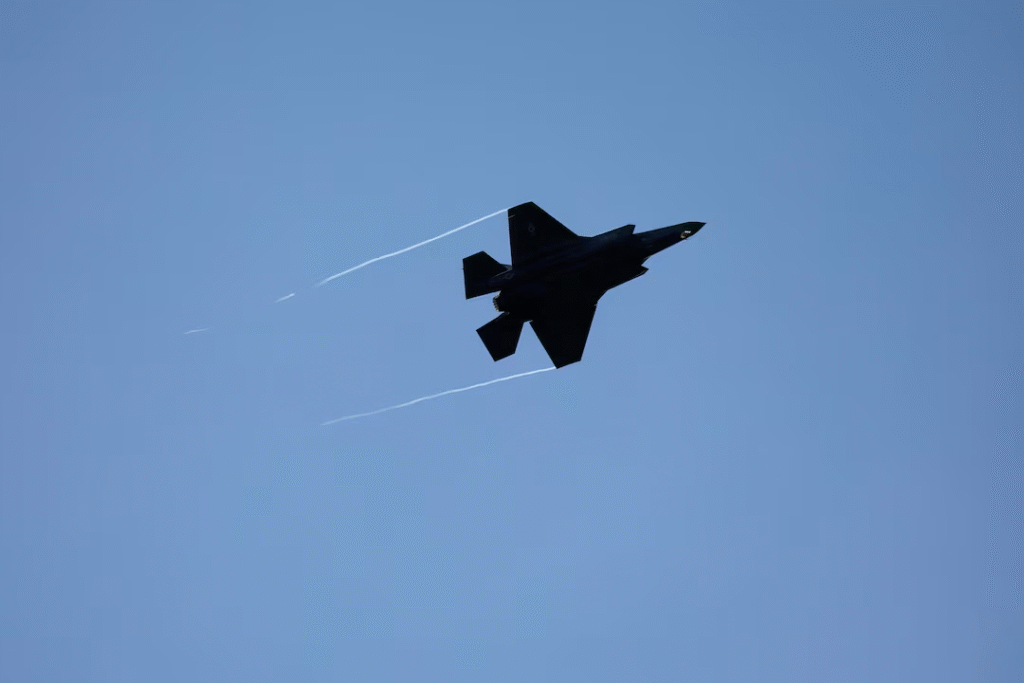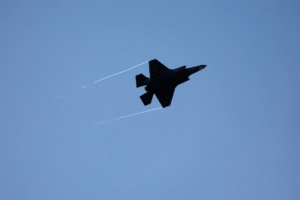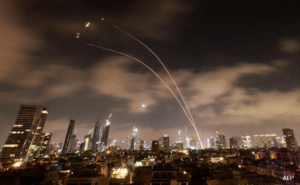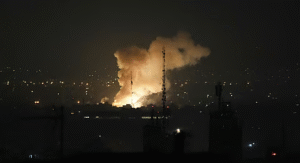The Sky’s Nuclear Shield: Why the UK’s F-35 Purchase Marks a New Era of Deterrence
The recent announcement that the United Kingdom will purchase F-35A fighter jets capable of carrying nuclear bombs, and join NATO’s dual-capable aircraft nuclear mission, signifies a profound shift in the nation’s defense posture. Heralded by Prime Minister Keir Starmer as the “biggest strengthening of the UK’s nuclear posture in a generation,” this move not only restores an air-launched nuclear capability to the Royal Air Force (RAF) for the first time since the Cold War, but also underscores a renewed commitment to collective defense and deterrence in an increasingly volatile global landscape.

Re-establishing an Air-Launched Deterrent
For decades, the UK’s independent nuclear deterrent has rested solely on its submarine-based Trident missile system, maintaining a Continuous At-Sea Deterrence (CASD). While this has been a robust and effective deterrent, the decision to acquire nuclear-capable F-35As reintroduces a crucial layer of flexibility and diversity to the UK’s nuclear arsenal. The F-35A, unlike the F-35B variants currently operated by the RAF and Royal Navy from aircraft carriers, is designed for conventional runway operations and has the certified capability to carry tactical nuclear weapons like the US B61-12 gravity bomb. This means the RAF will once again possess the means to deliver a nuclear strike from the air, complementing the existing sea-based deterrent and providing a more adaptable response option in a crisis.
Strengthening NATO’s Collective Defense
This acquisition is not merely about bolstering the UK’s individual capabilities; it is deeply intertwined with its commitment to NATO’s nuclear mission. By joining the alliance’s dual-capable aircraft program, the UK is actively participating in a burden-sharing arrangement that enhances NATO’s overall nuclear deterrence posture. In a climate where geopolitical tensions are escalating, particularly with an increasingly assertive Russia and other states modernizing their nuclear arsenals, a strong, unified nuclear deterrent across NATO members is considered paramount. The UK’s F-35s, therefore, serve as a significant “robust British contribution to NATO,” as welcomed by Secretary-General Mark Rutte, signaling an unwavering dedication to the principle of collective defense under Article V.
A Response to Emerging Threats and a “NATO-First” Approach
The decision is a direct reflection of a shifting global security environment. The recently published Strategic Defence Review (SDR) highlighted “new nuclear risks” and the need for a diversified deterrent. With conflict in Europe and growing Russian aggression, the UK is adopting a “NATO-first” approach, recognizing that its security is inextricably linked to that of its allies. The F-35A’s stealth capabilities and advanced design make it an ideal platform for delivering nuclear weapons in a contested environment, thus strengthening the alliance’s ability to deter hostile threats. This move also aligns the UK with other NATO nations that already contribute dual-capable aircraft to the alliance, fostering greater interoperability and a more cohesive defense strategy.
Economic and Strategic Implications
Beyond the immediate defense implications, the F-35 acquisition carries significant economic and strategic weight. The purchase supports thousands of jobs across the UK, with British companies contributing a substantial 15% to the F-35 global supply chain. This investment not only boosts the domestic defense industry but also strengthens strategic partnerships with key allies, particularly the United States, which produces the F-35. While the cost of these advanced jets is substantial, the government’s justification lies in the long-term strategic imperative of maintaining a credible deterrent in an era of “radical uncertainty.”
In conclusion, the UK’s decision to purchase nuclear-capable F-35 jets marks a pivotal moment in its defense policy. It represents a strategic diversification of its nuclear deterrent, a powerful reaffirmation of its commitment to NATO, and a proactive response to the evolving global threat landscape. By restoring an air-launched nuclear capability, the UK aims to solidify its position as a key contributor to collective security, sending an unambiguous message to potential adversaries and ensuring that peace is preserved through the strength of its deterrence.




















